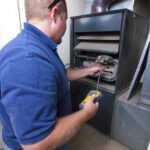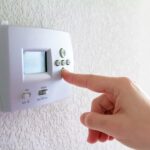A BTU is the basic measurement used for rating how much energy it takes to produce heat. It’s used in determining the efficiency of air conditioning equipment, furnaces, and any appliances that heat—such as water heaters, ovens, and fireplaces. Here is what it means and how to convert BTUs into other energy measurements.
When buying any heating or cooling appliance, you will encounter a unit of measure called a BTU, often posted on the appliance’s sticker or listed in the literature.
What is a BTU? How should the number of BTUs in an appliance rating affect your decision when thinking about buying the appliance? That’s what this article explains.
BTU, short for British Thermal Unit, is a standardized, basic measurement of energy for all heating and cooling appliances. It is a measure of how much heat (or cooling) can be generated by the appliance from a given amount of fuel.
Technically, 1 BTU is roughly equal to the amount of energy required to raise the temperature of one pound of water 1-degree Fahrenheit. (Even more technically, this measurement takes place at sea level with 39° F. water.)
In North America, the BTU is used to describe both the heat content of fuels and the ability of heating and cooling appliances to convert that fuel to energy. When used to measure an appliance, the term “BTU” actually refers to BTUs per hour (BTU/h).
One BTU is a very small measurement. Most appliances have ratings of thousands of BTUs. A water heater, for example, might be rated as 75,000 BTUs (or 75k BTUs). A “therm” is a unit of measure that indicates 100,000 BTUs.
Converting BTUs: Common Equivalents
In some cases, it’s necessary to convert BTUs into another form of measurement. Here are a few helpful conversions:
- 1 BTU equals 252 to 253 calories
- 1 BTU equals .293071 watt-hours
- 1 watt is approximately 3.41214 BTU hours
- 1,000 BTU hours equal approximately 293.071 watts
- 1 therm equals 100,000 BTUs
- 1 standard cubic foot of natural gas yields 1,030 BTUs
How Many BTUs Are In a Ton?
When purchasing a new central air conditioner, you might also hear the word “ton.” A ton is simply a greater unit of measurement than a BTU. Generally, one ton of cooling equals 12,000 BTUs per hour.
What Types of Products Are Rated by BTUs?
All major heating and cooling products are rated by BTUs, including:
- Air conditioners
- Furnaces and heaters
- Pellet stoves
- Water heaters
- Stoves and gas appliances
- Fireplaces and fire pits
- Barbecues
- Oil-filled heaters
- Solar hot water heaters
Difference Between Input and Output BTUs
When buying a heating or cooling appliance, be sure you understand whether the stated BTU capacity refers to the unit’s input or output.
- An input BTU refers to the fuel used.
- An output BTU measures the heat (or cooling) created.
How Many BTUs Per Square Foot?
When choosing a heating or cooling appliance, room size is perhaps the most important consideration. An under-sized unit won’t get the job done. And, if you choose a heater or cooling system that is too big, it will waste energy and may make room temperatures uncomfortable.
Check out the chart below to see how many BTUs a room air conditioner will need to adequately cool your space.
BTU Chart for Room Size
Other Considerations When Purchasing HVAC Equipment
Other factors affect the number of BTUs/hr needed to keep a home comfortable. Take these into account when buying new HVAC equipment.
- Room Size & Ceiling Height
A room with tall ceilings has more volume than a room with standard 8-foot ceilings, which are used for rating equipment. If you have taller-than-normal ceilings, take this increased volume into consideration.
- Insulation Quality
If your home has poor insulation or weatherstripping, you may want to consider a unit with higher BTU output than average for the dimensions of your space because the room will be constantly leaking its conditioned air.
- Local Climate
Consider your local climate and assess your heating/cooling needs.
How to Calculate EER (Energy Efficient Rating)
The EER of a heating or cooling unit is calculated by dividing its BTUs by its watts. Higher EERs will save you money over the long run, but this might cost more upfront.
No heater or cooler will be able to run at 100% efficiency because of mechanical errors, so find your hourly EER by dividing the BTU by the amount of kilowatts that are consumed (BTU/Watts).
Say a heater has a BTU of 20,000 and consumes about 1800 watts; this HVAC unit will put out about 8.3 (20,000 BTU/2,400 watts) With this formula, you will be able to calculate your EER and find out how much energy you will be outputting every day.



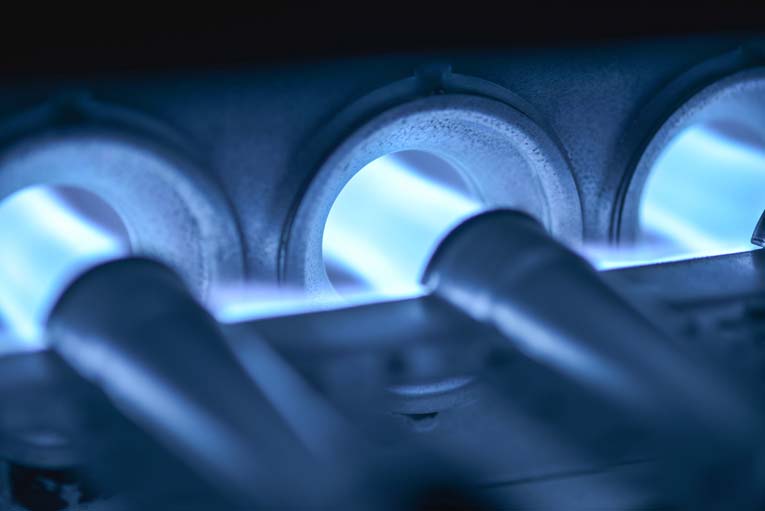
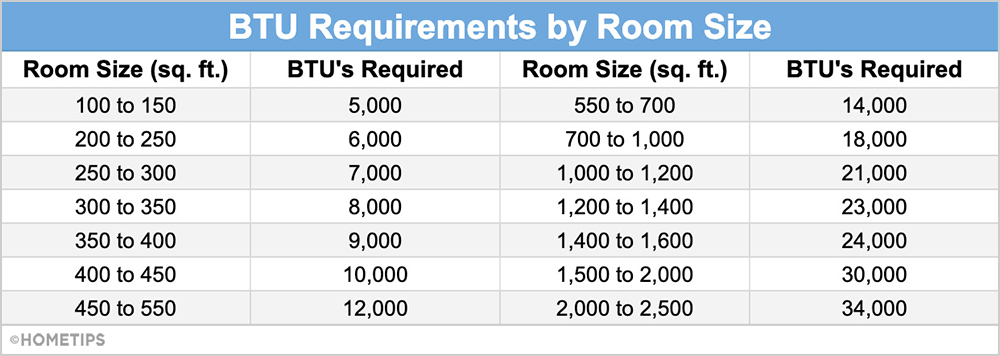
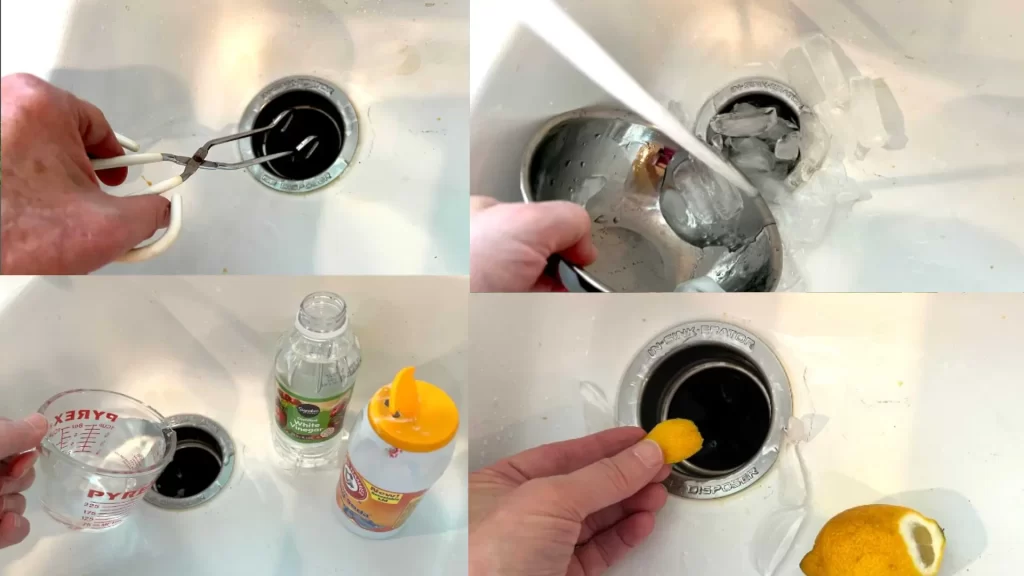
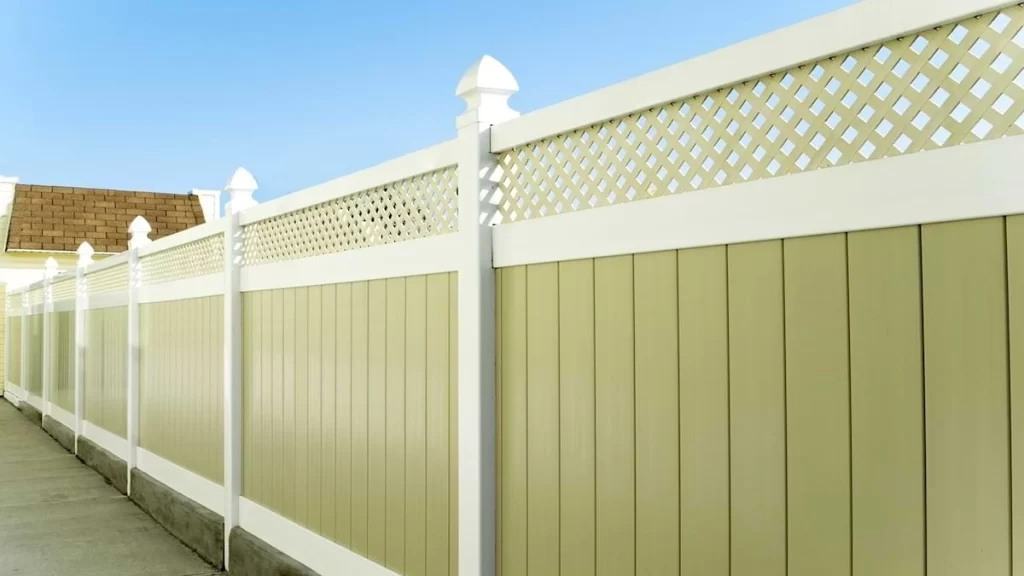


 Don Vandervort writes or edits every article at HomeTips. Don has:
Don Vandervort writes or edits every article at HomeTips. Don has:


